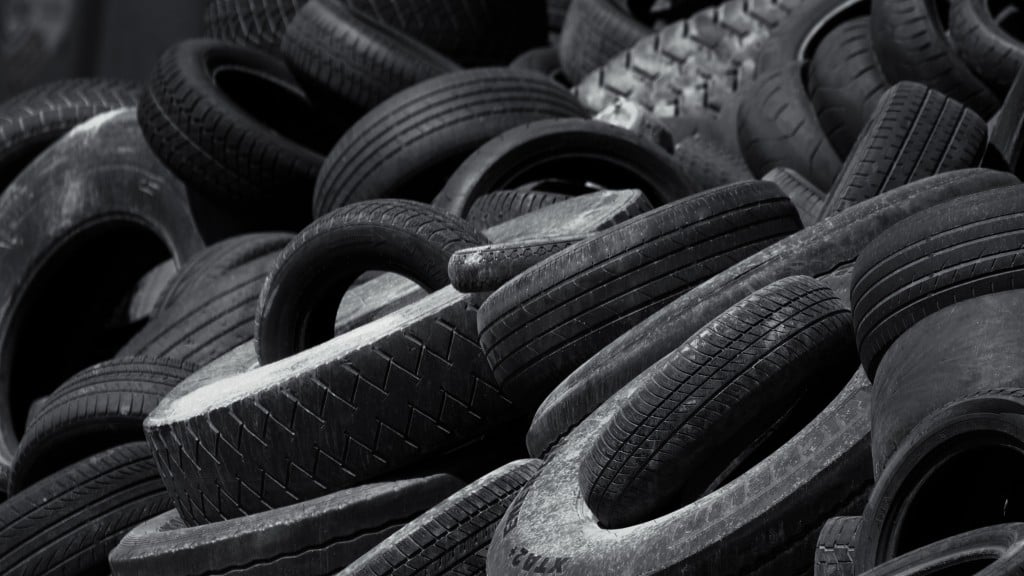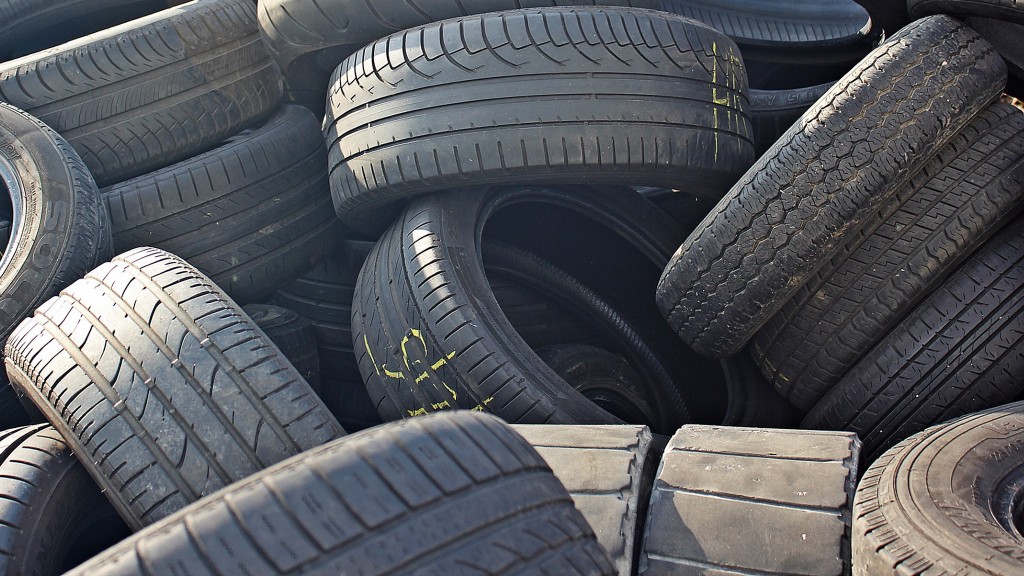USTMA reports progress in tire recycling with 79 percent of end-of-life tires returning to the circular economy
The U.S. Tire Manufacturers Association calls for collaboration to achieve 100 percent recycling

The U.S. Tire Manufacturers Association (USTMA) released its 16th end-of-life tire management report, revealing positive momentum in tire recycling with 79 percent of end-of-life tires being consumed by end-use markets. This reflects a 10.5 percent increase in overall utilization, reflecting the fact that end-of-life tires remain one of the most recycled and reclaimed consumer products, outpacing materials like metal, glass, aluminum, plastic, and paper.
While this progress is encouraging, USTMA emphasizes that collaborative efforts across the tire recycling value chain must continue to fully eliminate illegal and abandoned tire stockpiles and create sustainable, circular markets for end-of-life tires (ELT).
"This over 95 percent reduction in stockpiles is the result of decades of progress developing the tire recycling industry, remediating stockpile sites, and driving innovation," says Anne Forristall Luke, president and CEO of USTMA. "USTMA's primary goal is to recycle 100 percent of end-of-life tires into circular, sustainable markets. However, significant work remains, and to achieve full circularity, we must continue to collaborate with manufacturers, recyclers, policymakers, NGOs, and environmental groups to develop and expand the markets for tire recycling and reclaiming."
Ground rubber and emerging markets driving progress
Ground rubber has become the second-largest market for end-of-life tires, increasing 29 percent since 2019 and consuming about 28 percent of end-of-life tires in 2023. Ground rubber is used in a range of applications, including rubberized asphalt for roads, illustrating the growing demand for sustainable materials in infrastructure and everyday products.
Rubber Modified Asphalt (RMA), a key use of ground rubber, is showing significant growth as a cost-effective, durable solution for U.S. infrastructure. Since 2021, RMA has consumed 165,000 tons of ELTs, representing a 17 percent increase. USTMA continues to advocate for federal funding to further scale RMA as part of infrastructure development projects, ensuring long-term benefits, performance, environmental impacts, and to advance tire circularity.
A collaborative effort to eliminate tire stockpiles
Despite the significant achievements made, approximately 48 million end-of-life tires remain in stockpiles. USTMA is engaging all stakeholders in the value chain to drive sustainable practices and eliminate these stockpiles. The Tire Recycling Foundation (TRF), a joint initiative of USTMA and the Tire Industry Association, aims to provide critical support by educating, networking, and collaborating with key players in the recycling ecosystem.
"We've made considerable progress, but we're not done yet," says Forristall. "The industry, policymakers, and recyclers must continue to push forward, advocate for market expansion, and invest in sustainable recycling technologies that can help drive a future where 100 percent of tires are recycled and reclaimed into sustainable, circular end-use markets."
Key areas of focus moving forward
In light of the findings from the report, USTMA and its partners will continue to focus on four key growth areas:
- Driving market growth through research and data: Building on the 2021 Rubber Modified Asphalt State of Knowledge Report, USTMA will release a Tire Derived Aggregate (TDA) State of Knowledge Report later this year, offering data-driven insights to support market growth and innovation.
- Collaborative engagement across the value chain: USTMA will continue to strengthen partnerships and collaboration among all stakeholders—manufacturers, recyclers, government agencies, and environmental groups—through initiatives like the Tire Recycling Conference and a series of Rubber Modified Asphalt (RMA) workshops, fostering knowledge sharing and advancing tire recycling solutions across industries.
- Leveraging federal infrastructure funding for ELT markets: USTMA aims to maximize opportunities from the Bipartisan Infrastructure Law (BIL) to scale TDA and RMA markets, reinforcing the critical role of end-use tires in sustainable U.S. infrastructure.
- Supporting strong state ELT management programs: USTMA continues to advocate for robust state programs that effectively manage end-of-life tires and support sustainable recycling practices, driving innovation and addressing tire stockpile reduction.



